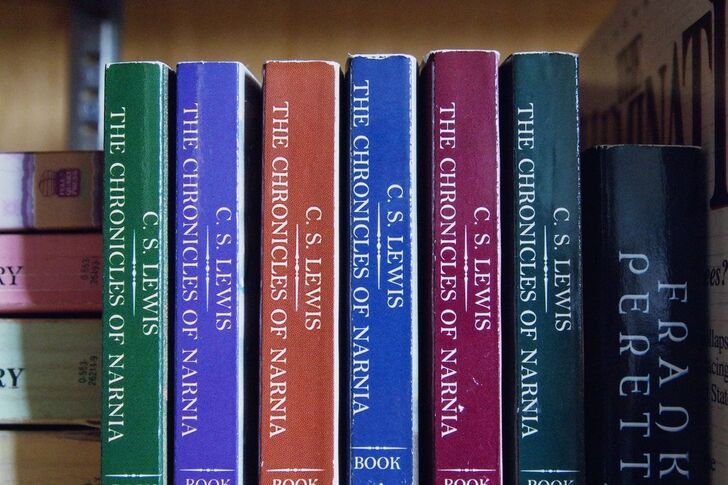|
I recently read a book that began as contemporary literature and finished as romance. It was by turns clever and witty, romantic and dramatic, and was truly superb—for the first half. So what went wrong?
Let’s talk about the essential elements to crafting a good romance.
0 Comments
Every author will get reviews they don’t like on their published work. It’s just a fact of life: not everyone who reads your book will love it, like it, or even understand it. Some reviewers may have criticisms of your book that make sense; some will use their review to take out their bad mood on you; some will say lovely things.
This post originally appeared in Deborah's blog.
Although I’ve always written and probably always will write, my profession is editing [and now, publishing]. I’m a substantive editor, which means that in addition to doing copy-editing to make flow all nice and pretty, I get to comment on things like characterization and continuity. No book is without flaws (or typos, alas), and being a critic before publishing is in many ways more satisfactory than after, because it gives the author a chance to fix the problem. Since I’ve been editing, I’ve begun to notice a few trends. This post originally appeared in Deborah's blog.
Today, I’m going to be talking a bit about things that ruin (or at least bring down) a book series . . . when I loved the first book. These aren’t absolute rules; but I do think they’re things to consider when writing. Thinking about them has certainly prevented me from doing some things I really dislike in other authors. All of the examples I use below are from real books by good writers. Let me chat about my serial novel The Midnight Files, because it perfectly demonstrates one method of getting ideas. (And how you can get them, too.)
But let me go back and explain. Last November (2020), I decided to do National Novel Writing Month. Only, instead of a novel, I would get myself out of my writing slump by writing short stories to prompts. My prompts went like this: each day, I would go to the alphabetically next part of my bookcase and look at the first three authors. The first book I owned by each author was my prompt; the author’s name of the third book was the name of my character: We just released another epic fantasy, The Merry Band, so we thought we'd give some advice on writing epic characters. This post originally appeared in Deborah's blog:
Recently, I read a novel about a woman who suddenly became queen after growing up in near-isolation, and her struggles to keep her throne and her life. Most of the book was from her point of view, but maybe two-thirds of the way through, we switched to a pair of minor characters’ POV for a page-long exchange that went about like this: This post was first published in our CEO, Deborah's, blog.
I mentioned in an earlier post that I was watching the anime Bleach. This post is not about the show; it's just that it made me think about the idea of treating characters with dignity—or not treating them with dignity. Anime makes this concept easy to see (if your character makes a crazy silly cartoon face because they’re upset, you’re not treating them with dignity), but the concept holds true throughout all stories. This blog post was originally published in our CEO, Deborah Natelson's, blog.
The old cliché of a question from fans and reporters to authors is, “Where do you get your ideas?” Most authors find this a very difficult question to answer, simply because there isn’t one specific place they get their ideas. “Ideas just come to me,” they say, or “out of my head” or “from anywhere.” This post originally appeared in our CEO, Deborah Natelson's, blog.
There is a thriller movie starring a famous actor based on a novella by a famous writer. The main character is also a writer, and a major plot point in the movie is the importance of having the right ending. It is not enough to slap an ending on; if it’s not the right ending, it’s not good enough. It must be fixed. |
Archives
March 2024
Categories
All
|
As an Amazon Associate, we earn from qualifying purchases.










 RSS Feed
RSS Feed
